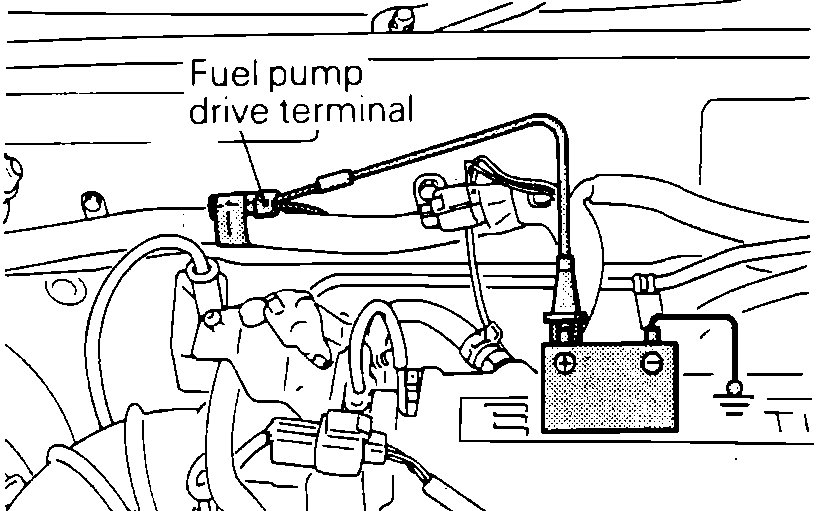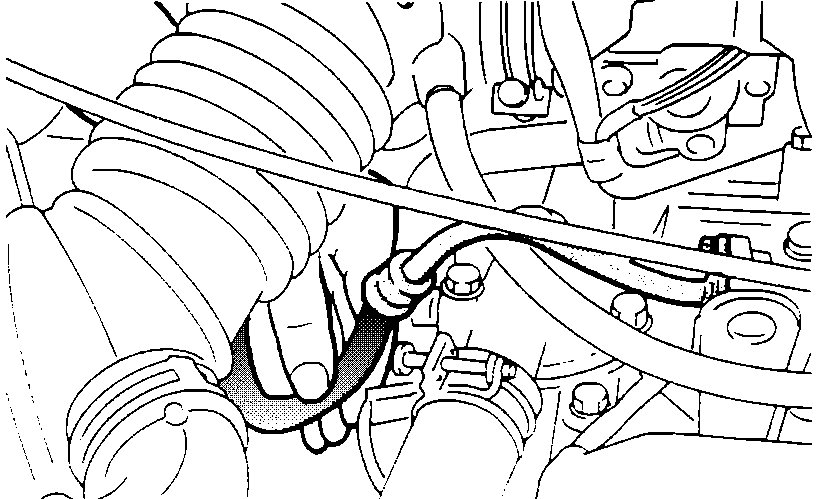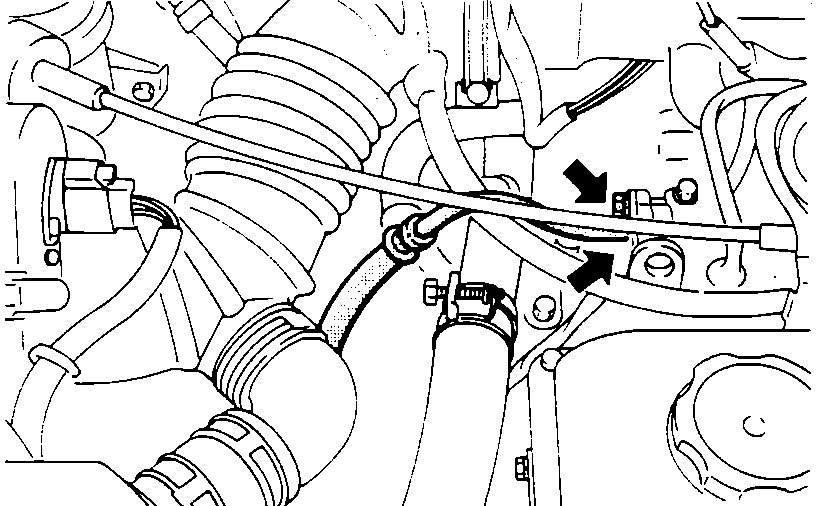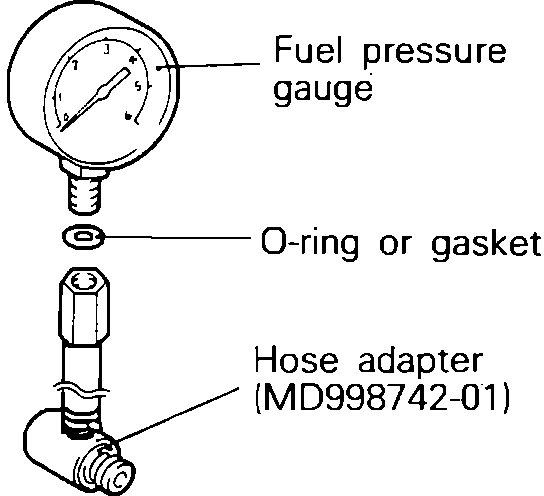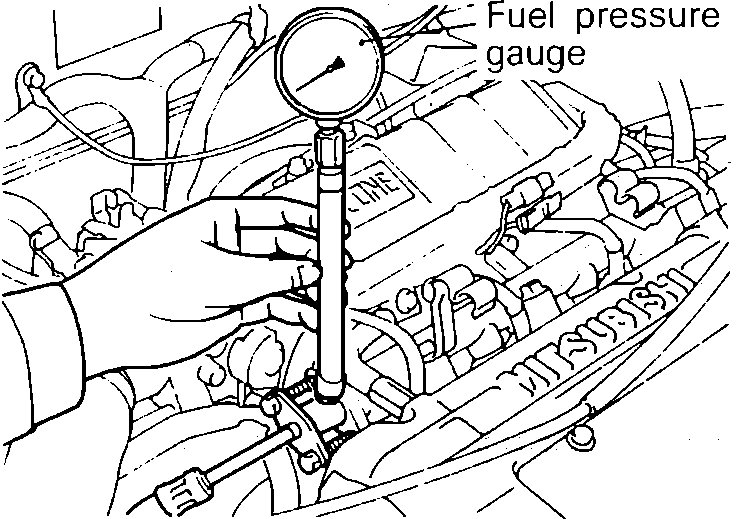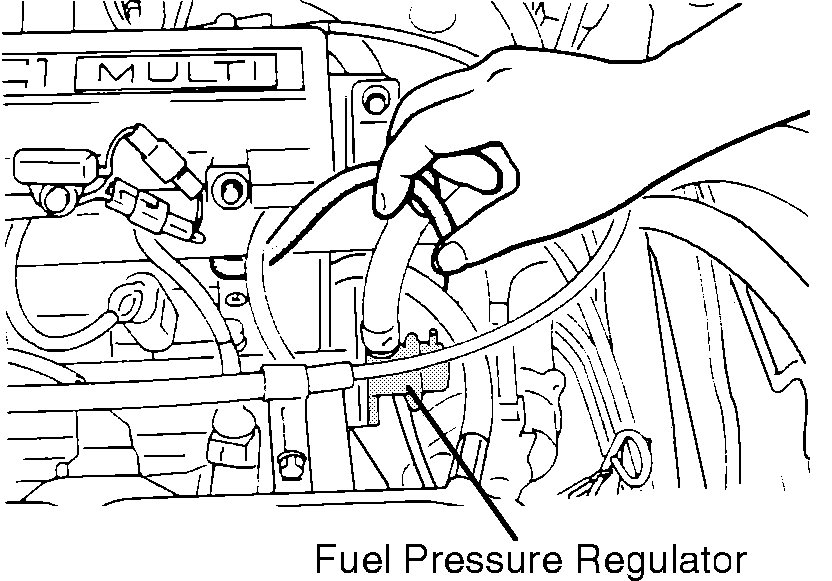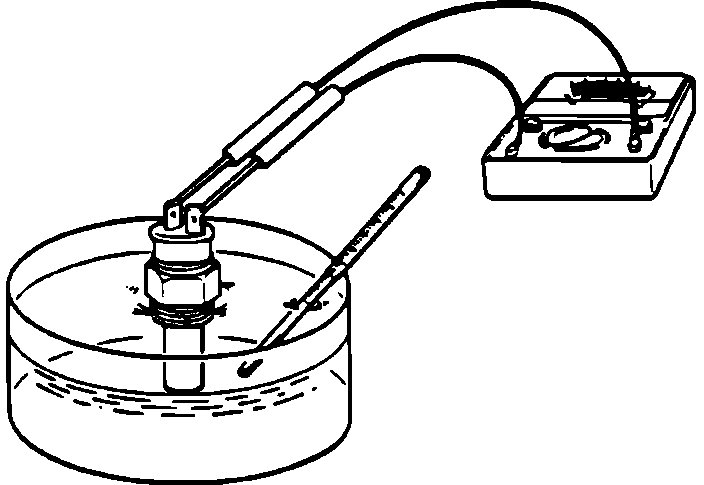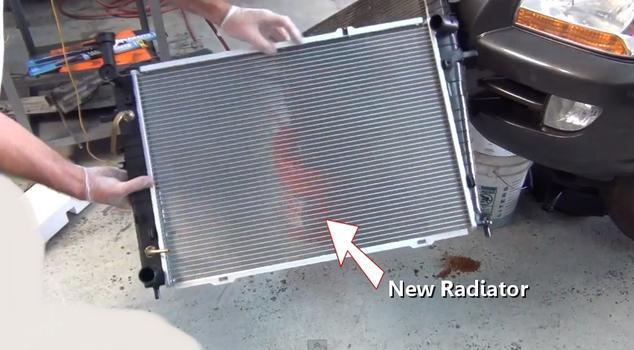Welcome to 2CarPros.
My first suspect for a cold start issue is fuel pressure or fuel pressure drop off. If the pressure drops too much, it may be taking the pump added time to rebuild the needed pressure. With that in mind, here is a link that explains how to test fuel pressure:
https://www.2carpros.com/articles/how-to-check-fuel-system-pressure-and-regulator
_____________________________________
Here are the specific directions for your vehicle. The manufacturer's specs are included. The attached pictures correlate with these directions.
____________________________________
FUEL PRESSURE TEST
OPERATIONAL CHECK (QUICK CHECK):
1. Turn the ignition switch OFF
Fuel Pump Power Hook-up
pic 1
2. Apply battery voltage to the fuel pump drive connector to power the fuel pump.
Fuel Pump Operational Test
pic 2
3. Pinch the fuel hose to check that fuel pressure is felt.
NOTE: The fuel pump is mounted in the fuel tank and it operates submerged in fuel, therefore its operating sound is hard to hear without removing the fuel filler cap.
PRESSURE TEST (DIAGNOSTIC CHECK):
1. Reduce the internal pressure of the pipes and hoses by the following procedures.
a. Disconnect the fuel pump harness at the rear of the fuel tank.
b. Start and run the engine until it stalls. Turn OFF the ignition key.
c. Disconnect the battery negative terminal.
d. Connect the fuel pump harness connector.
High Pressure Fuel Hose Connection
pic 3
2. Disconnect the high pressure fuel hose at the delivery end.
CAUTION: Cover the hose connector with a shop towel to prevent splashing of fuel caused by residual pressure in the fuel line.
Fuel Pressure Testing Equipment And Adapter
pic 4
Fuel Pump Pressure Test Equipment Installed
pic 5
3. Using the fuel pressure gauge adapter (MD998742-01) or equivalent, install the fuel-pressure gauge to the delivery pipe (fuel rail).
4. Connect the battery negative terminal.
5. Apply battery power to the fuel pump drive terminal to activate the fuel pump. With fuel pressure applied check that no fuel is leaking at any of the connections.
Fuel Pressure Regulator W/Vacuum Line Disconnected
pic 6
6. Disconnect the vacuum hose from the pressure regulator, and plug the hose end. Measure the fuel pressure at idle.
Standard Value: 47-50 psi (330-350 kPa)
7. Measure the fuel pressure when the vacuum hose is connected to the pressure regulator.
Standard Value: 38 psi (270 kPa).
NOTE: At the completion of steps 5 thru 7, prior to turning the ignition off, disconnect the battery power to the fuel pump drive terminal. If the engine stops and no fuel pressure is observed, there is a problem in the power supply to the fuel pump.
8. If the results of the measurements made in steps 6 and 7 are not within the standard values, refer to the symptoms listed below to determine the probable cause and make the necessary repairs before re-testing.
a. Fuel pressure too low:
1. Clogged fuel filter---Replace
2. Fuel bleeds down to return hose---Replace the fuel pressure regulator
3. Low pump output pressure---Check for leak in-line or replace fuel pump
b. Fuel pressure too high:
1. Regulator stuck closed---Replace the fuel pressure regulator
2. Clogged or bent fuel return hose---repair hose
c. No difference with or without vacuum connected:
1. Non-responsive regulator---Replace the fuel pressure regulator
2. Plugged vacuum line or no source vacuum---replace line or repair vacuum source
9. Stop the engine and check for a change in fuel pressure readings. Pressure should hold for 5 minutes. If the gauge reading drops, observe the rate of drop. Determine the cause according to the following symptoms.
a. Fuel pressure drops slowly:
1. Injector leakage---Identify leaking injector and replace.
2. Regulator is leaking to return line---Confirm and replace regulator.
3. Check valve in the fuel pump is leaking---Replace the pump.
b. Fuel pressure drops immediately:
1. Regulator is leaking to return line---Confirm and replace regulator.
2. Check valve in the fuel pump is open---Replace the pump.
______________________________
Next is the engine coolant temperature sensor. The Coolant Temperature Sensor is threaded into the intake manifold just below the thermostat. The temperature sensor converts the engines coolant temperature into an electrical voltage signal. As the temperature increases the voltage return signals will also increase. The Control Unit monitors this returning signal to provide the proper air/fuel ratio and ignition timing.
If the sensor is sending a bad signal when the engine is cold, the air / fuel mixture or timing could be off enough to make it hard to start. Here is a test for the sensor.
______________________________
COOLANT TEMPERATURE SENSOR
1. Remove the engine Coolant Temperature Sensor from the intake manifold.
Checking The Coolant Temperature Sensor Resistance
Pic 7
2. Using alligator clips, connect an ohmmeter to the sensor terminals.
3. Immerse the sensing element in hot water, being careful not to set the housing in the water. This would alter the resistance reading.
4. Resistance should decrease, as the temperature increases. Refer to SPECIFICATIONS/ELECTRICAL.
If the resistance deviates from the standard value, replace the sensor.
Here are a couple links you may find helpful when testing:
https://www.2carpros.com/articles/how-to-use-a-voltmeter
https://www.2carpros.com/articles/how-to-check-wiring
______________________________
Now, the vehicle has a lot of miles. This could also be related to low compression. Keep in mind, when the engine is hot, the metal expands and could increase compression. When cold, the opposite could happen. Here is a link that explains how to perform a test.
https://www.2carpros.com/articles/how-to-test-engine-compression
Here are a couple related links you may find helpful.
https://www.2carpros.com/articles/symptoms-of-low-compression
https://www.2carpros.com/articles/the-reasons-for-low-compression
Here are the specifications for compression. Note: It indicates minimum, so if you find it lower, that is a concern. At that point, you will need to perform a wet test. That requires you injecting a couple table spoons full of oil into the cylinder to see if the compression then increases. If it does, that indicates compression rings are worn. If it doesn't, then suspect valves or a bad head gasket.
Pressure 137 psi
Note: Minimum
Maximum Variation 14 psi
______________________________
When you do the pressure test, I want you to pay attention to how quickly the pressure drops off. The last section of the directions explains different symptoms.
Do these tests and let me know what you find.
Take care,
Joe
Images (Click to make bigger)
SPONSORED LINKS
Sunday, April 28th, 2019 AT 7:13 PM
